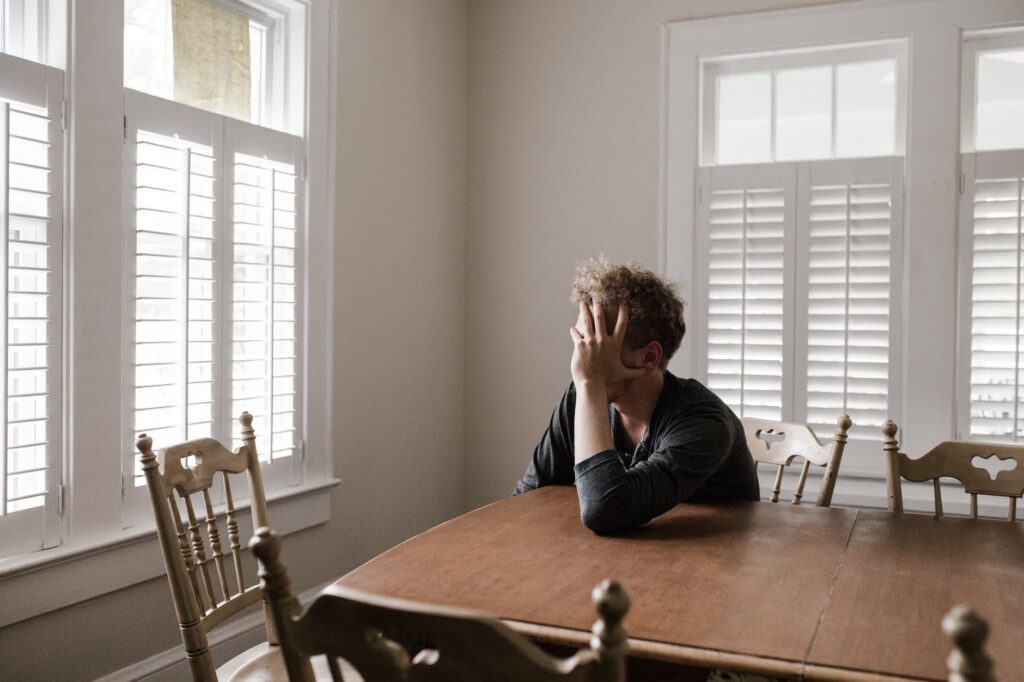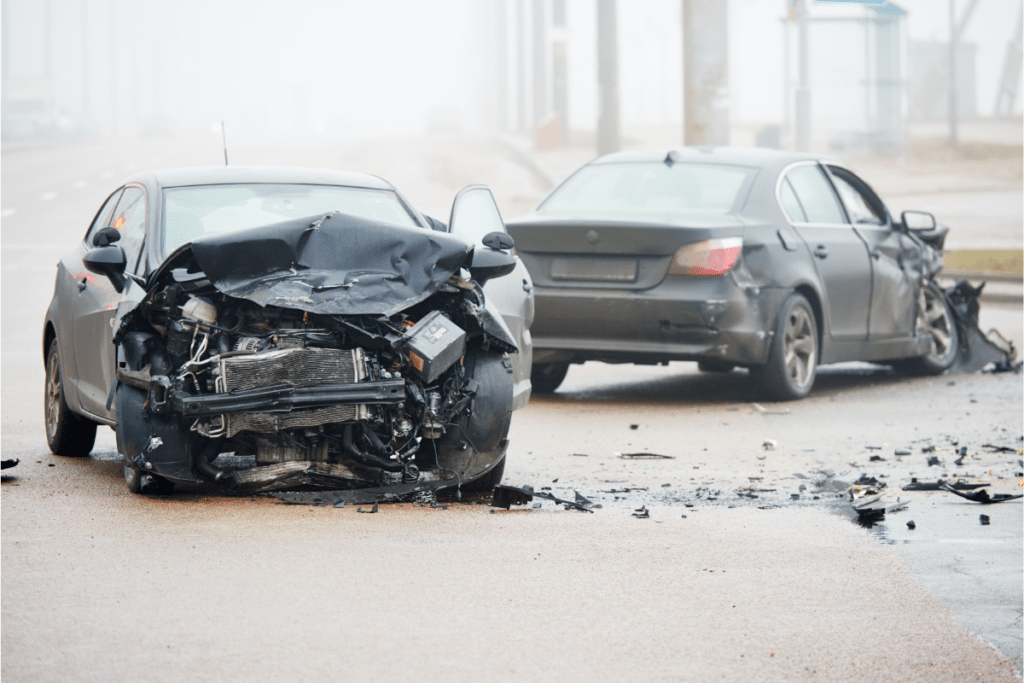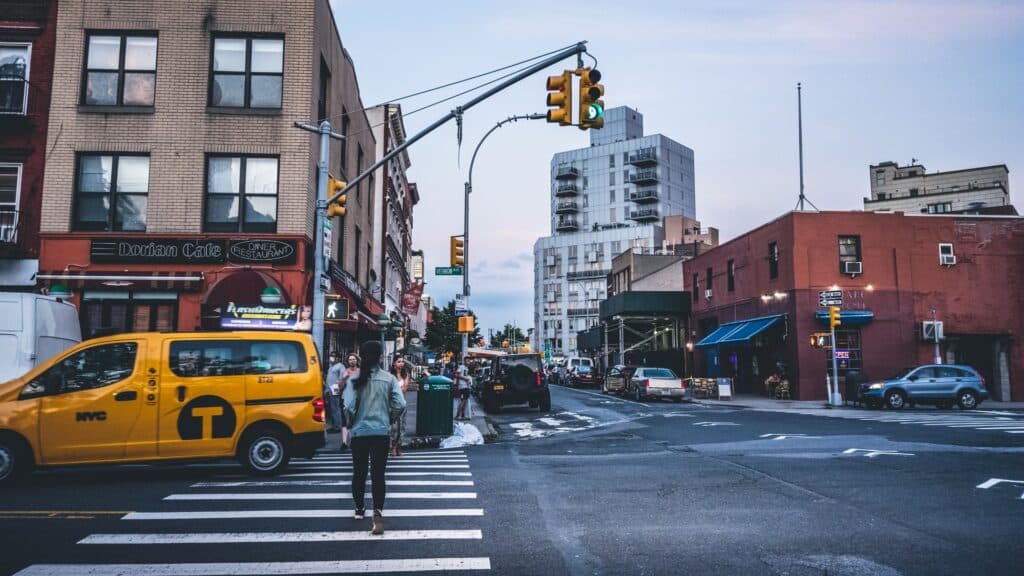
- SHULMAN & HILL
You can calculate pain and suffering by working with a qualified personal injury lawyer. Pain and suffering is one of several recoverable non-economic damages in a personal injury case. Because losses like these do not come with receipts or monetary value, it can be difficult to calculate them on your own. Your personal injury









